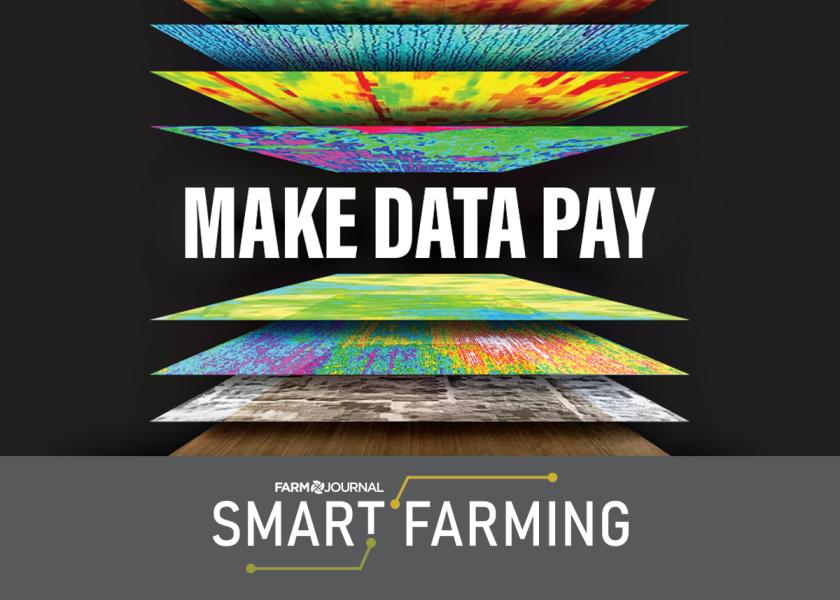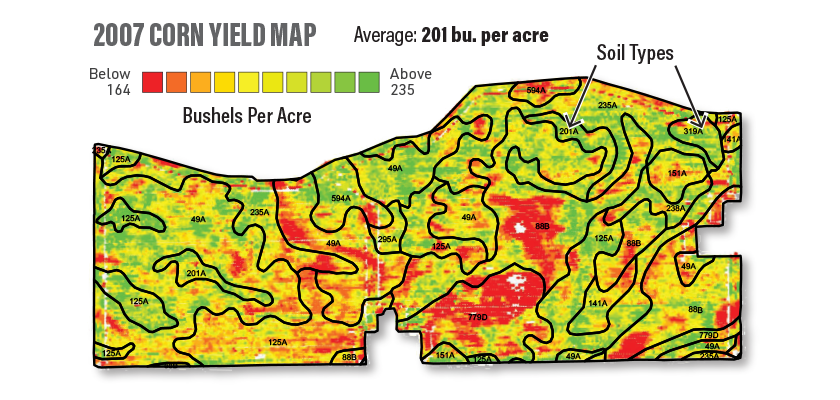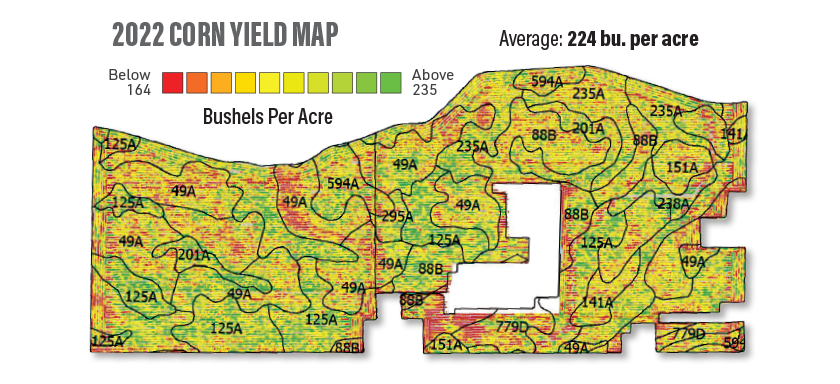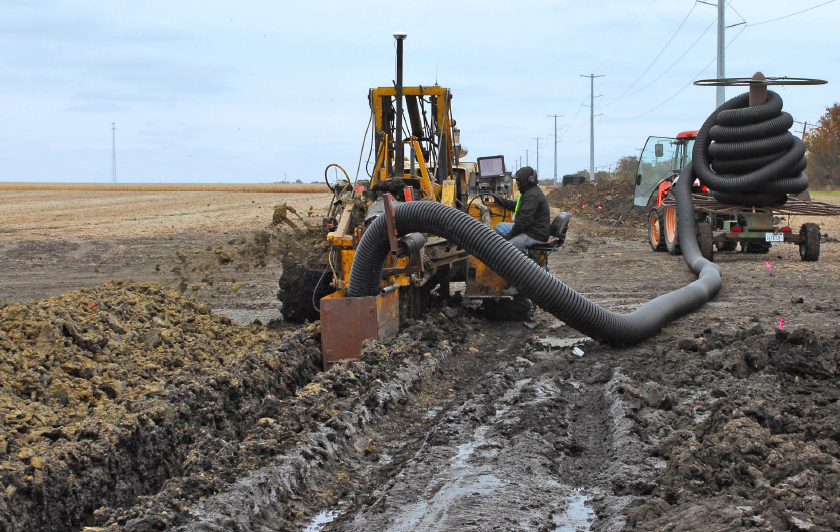7 Ways to Make Data Pay

Farm Journal’s Smart Farming Week is an annual week-long emphasis on innovation in agriculture. The goal is to encourage you to explore and prioritize the technology, tools and practices that will help you farm smarter. Innovation today ensures an efficient, productive and sustainable tomorrow.
According to the old saying, some people make things happen; others watch what happens; and still others wonder what happened. It pays — literally — to be in the first group.
That cliché brings us into the Sustainable Triangle: Once you’ve maximized the physical environment (the seed furrow) and the natural environment (weather), it’s time to maximize the human environment by putting your brain to work and making things happen.
How to do that? “It’s great to learn what happened after harvest, and plan to fix problems next year. But it’s even better to spot issues in time to improve this year’s crop,” says Farm Journal Field Agronomist Ken Ferrie.
Here’s how to get the biggest ROI from your layers of data.
1. Separate annual and perennial problems.
“Annual problems are tied to this season and might not reoccur, such as herbicide drift,” Ferrie says. “Perennial problems occur multiple years in the same spot. Those are the kind you identify by looking at multiple years of data.”
2. Use data from day one.
“One of the great benefits of auto-steer is that you can not only watch your equipment but also monitor your as-applied maps for irregularities,” Ferrie says. “For example, you may spot down-pressure issues or discover you’re placing seed into dry soil. You can raise yield and ROI by fixing such problems on the front end of the season.”
These maps show how one grower used layers of data to divide a field into management zones,
which ultimately decreased cost, increased yield and improved ROI.


3. Don’t let up midseason.
“Studying aerial images during the growing season may reveal developing problems — such as disease, insects, herbicide drift or a missing sidedress pass — in time to fix them,” Ferrie says. “Viewing that data after the season can tell us when the problem occurred but not necessarily what caused it.”
4. After harvest, put on your CSI hat.
After harvest, put on your CSI hat. With your crop in the bin, it’s time to discover the secrets of your fields by studying every layer of data. “Start with your final layer of data, the yield map,” Ferrie says. “When you find areas of low yield, work back through the layers, all the way back to the as-applied maps you made at planting time, until you find the cause.”


5. Treat low-yielding areas as individual zones
“When a problem shows up year after year, determine whether it occurs in every crop or only in soybeans or corn, and in wet, dry or normal seasons,” Ferrie says. “Does it match up with maps of soil type, topography or electro-conductivity? Record the problem areas you identify so you can manage around their individual weaknesses.”
6. Some zones might need more research.
“About 90% of the time, layers of data will reveal the cause of low yield,” Ferrie says. “But if no answer emerges, ground-truth the area next growing season. Take soil, tissue and parasite tests. Dig down and study root systems for compaction or insect feeding.”

7. Many perennial yield problems are caused by water.
It might be too much or too little. See the sidebar below for ways to improve ROI in those areas.
Manage Fields’ Water Weaknesses
All fields have their weaknesses, says Farm Journal Field Agronomist Ken Ferrie. A grower must manage around them to maximize use of resources and ROI.
“The more layers of data, the more you can vary inputs by zone, the tighter you can focus your management,” Ferrie says.
Drainage problems show up in wet years. “Topographic and yield maps reveal the cost of poor drainage and show where to focus drainage efforts,” Ferrie says. “If you can’t afford to tile a whole field, tile the areas that need drainage the most. Tiling 10% of the field might eliminate 70% of the yield loss.”
Likewise, topographic, soil, SWAT (soil, water and topography) and electroconductivity (EC) maps reveal light or droughty soils, which can’t hold as much water, and yield maps document the loss.
“While you can’t change the amount of water that falls, you can manage it more efficiently,” Ferrie says.
- Manage light soil zones individually. “Soil testing likely will reveal higher fertility levels because of less removal by plants,” Ferrie says. “Use a realistic yield goal, based on the five-year average of the management zone, to set fertilizer rates.”
- “Unlike other nutrients, you might have to increase the nitrogen rate on light soils,” Ferrie notes.
- Reducing plant population allows more water for every plant. “Using fewer inputs in this situation usually increases yield,” Ferrie says. “Even if it doesn’t, it will increase ROI for the entire field.”
- Plant hybrids designed for lower populations — tall hybrids with pendulum or semi-pendulum leaf structure capture 97% of sunlight with fewer plants. Choose hybrids that flex ear size after tasseling and ones that need fewer kernels to make a bushel.
- If you have a multi-hybrid planter, plant different hybrids on light and heavy soils. Otherwise, base your choice on the percentage of light soil.
More Smart Farming content for you:
Choose Wisely: Smart Strategies to Select the Right Corrections Service
10 Easy Ways to Take Your Crop-Scouting Practices to the Next Level
You Can't Afford to Be Complacent About Tar Spot







